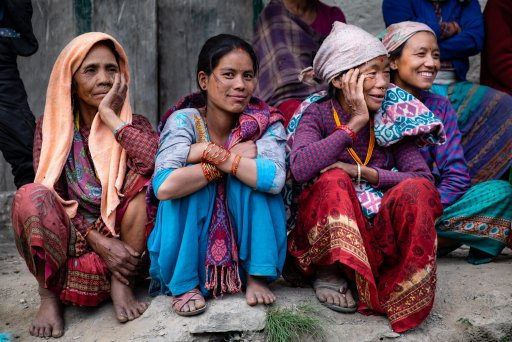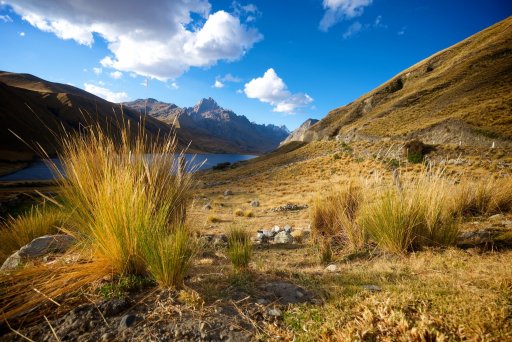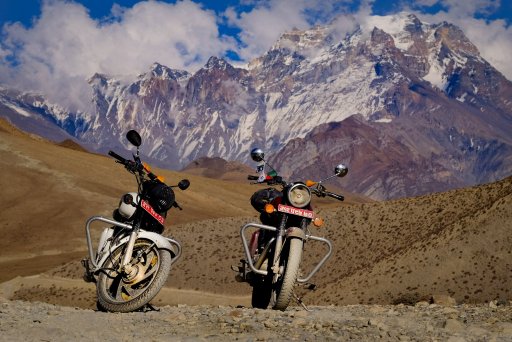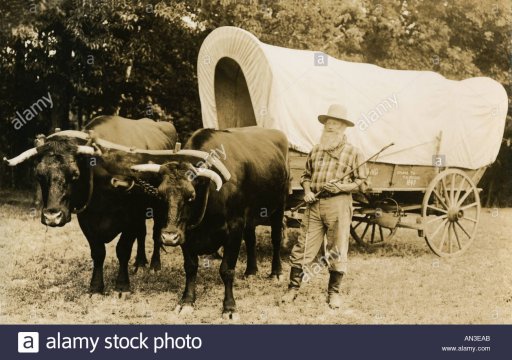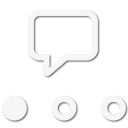Those ads for real estate photographers are best avoided. The ads exist because the job is so unrewarding the cycle of new shooters is endless. Entry level real estate photography is a grind for very little pay.I have been seeing these ads for real estate photography and I do live in an area with several large real estate companies. I wonder if that would be a good idea to start upgrading my gear?
The trick with editorial photography, which can pay okay if paired to a good story, is the subject matter. A couple of years ago I had photos and stories on two magazine covers at one time. My stories published that year were from Peru, Chile, Nepal, and Alaska. Easy to sell, but the expenses to get those stories put a dent in my take home. So, unless you live a pretty rad life in your own zipcode, selling editorial features, with rad images, is tough but can be done.
As for gear, you can get by with pretty simple pro-sumer kit. I know shooters who started out with one solid body, and one great lens...me. It's really tough to deliver with that setup, but it also develops great skill. Probably better than dropping $10k on a bag of lenses and bodies. That said, you cannot fully develop your pro level skills until you have fast lenses and more robust camera features. Choose wisely. Switching brands mid-stream is cost prohibitive. Once you buy your first pro-level camera body, that's likely the brand you will stick with forever.
If money-making is the end game, these days you will have to become an equally good image editor. And as sad as it is to say, if you cannot shoot video, and edit it well, that too can limit your potential. When you get it all dialed in, your options to choose your revenue path are endless.
Lastly, I would start crafting your "treatment" or style. Consistency in aesthetic is very important. If you're shooting for editorial, you can get very creative and use a lot of grain, low-fidelity coloration, etc. If you want to shoot for ad or PR, more realistic aesthetics will likely prevail. I shoot a lot of travel content, so I tend to go for more real-life treatments. Vibrant color is my signature.
One thing that REALLY helps is having a better shooter critique your images, even when it hurts. I'm lucky to have a mentor who is one of the best travel shooters in the world. But, he's brutal. He HATES this shot below, absolutely will not look at it. LOL.
Happy to help pass on any lessons I have learned from great mentors. This knowledge is best gained when handed down.
Good luck!
